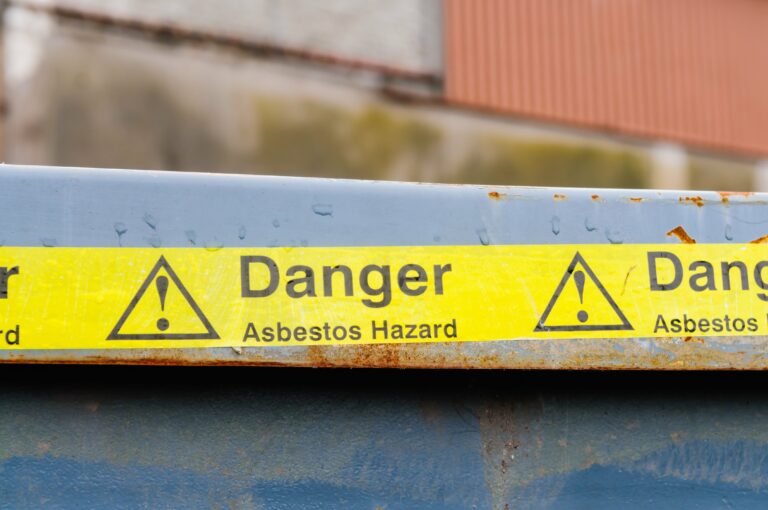The effective management and control of health and safety risks involves careful consideration of those who may be affected by your work activities. This month we focus on vulnerable people in the workplace and explain who they might include and what additional measures you must take to protect them from harm.
The HSE defines vulnerable people as those who are at risk of having their entitlements denied, and who lack the capacity or means to secure them. Put simply, this is any person or group of people which lacks capabilities and / or experience leading to an increased risk or different risk from the average person.
Such groups include:
- Disabled people. A disability is a physical or mental impairment which has substantial and long term adverse effects on the ability to carry out normal day to day activities. Approximately 18% of the country’s population is classed as disabled, equating to around 10 million people and this grows by, on average, 2% every year.
- Young people. Young people are classed as anyone under the age of 18. They are considered to be vulnerable due to their lack of experience, knowledge and maturity.
- New and expectant mothers. New and expectant mothers have different and more specific needs than the rest of the workforce.
- Migrant workers. Many migrant workers will not have experience in the job and language barriers can prevent them from being able to complete tasks quickly, safely and effectively.
Health and safety should never be used as an excuse to justify discrimination against a certain person or group of people. Everyone has something different to offer and a task may simply need to be adjusted to suit the person.
Employee Responsibilities
All vulnerable employees, like all other employees, have the same general duty to take care of their own health and safety and that of others who may be affected by their actions. Employees should also inform their employers should anything change with regard to disabilities in order that the employer can make any reasonable adjustments to the safety aspects of the role.
Employer Responsibilities
Disabled People
All employees, visitors or business users who have a disability in the workforce must be given due consideration within a normal risk assessment. They must consider whether the disability presents any new risks or alters any existing risk. For example:
- Is wheelchair access provided to work areas?
- Are controls at a height which can easily be reached?
- Are toilets accessible to all disabled people?
The disabled person should also then be informed of the results of this assessment, just as all employees and visitors should be.
Disabled people themselves should be an integral part of the assessment process as it is they who will have the best and most relevant information with regard to how their condition affects the work environment. The person’s medical specialist may also be involved, but only with the express permission of the disabled person.
As part of the assessment, the employer should consider what changes can reasonably be made to the company’s policies and procedures as well as any physical changes that can be made to the workplace. There is a grant available to companies called the ‘Access to work grant’ to aid companies making their workplace accessible to all. There may be changes that could be made in the short term whilst waiting for this. An example would be using a different, temporary route to the work area.
Disabled people should also have access to the same training and information relating to the job as every employee and may need further information regarding the safety measures put in place for them.
Young People
Young people may lack experience, knowledge of potential hazards and / or maturity, and employers must consider this when completing their risk assessments. Some regulations also state certain specifications regarding young people. For example, under the Provision and Use of Work Equipment Regulations 1998, young people are not allowed to use certain equipment within the workplace.
New and Expectant Mothers
Employers can either modify existing risk assessments or produce a new one as soon as they are notified in writing by the worker. They should consider how the health and safety of the worker could be affected by the pregnancy. An example would be the difficulties an individual may have with lifting or other manual handling activities. The employer also has a legal duty to provide the worker with a place to be able to raise their feet or express milk. There are three tiers of controls for the different risks associated with new and expectant mothers:
- Short term changes to the workplace to increase comfort and improve health and safety, for example, lower back support for office chairs.
- Allocating different tasks which will be less detrimental to the expectant mother’s health (at the same rate of pay).
- Suspending them, with pay, from their duties in order to protect their health and safety.
Migrant Workers
Migrant workers may be accustomed to different cultures and different safety standards than will be expected of them within your workplace. The worker should be made aware of what is expected of them and acknowledge their duties. This could be difficult if the person does not speak fluent English, but the employer has a duty to ensure all safety related information is understood by the person.
Conclusion
Employers need to carefully assess the needs of vulnerable people in order to balance safety with their legal rights. The needs of vulnerable people must be individually addressed and, wherever possible, reasonable adjustments must be made in order to accommodate them. Refusing to accommodate vulnerable people in a particular role or area of the workplace is legally possible, but is not something that should be entertained lightly and is always difficult to justify. Reasonable adjustments can often be made with far less effort and expense than justifying a refusal to make such adjustments.
Please contact us for further advice.








